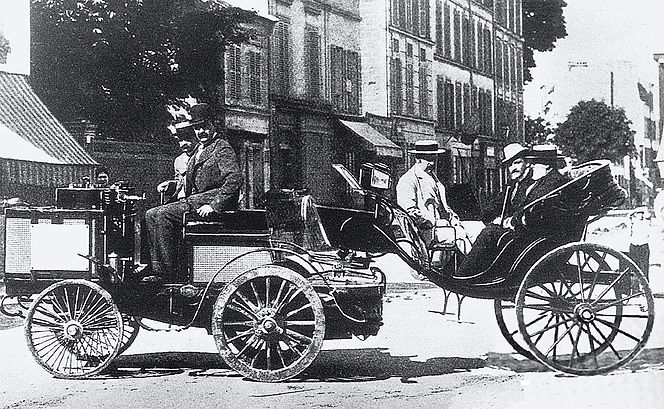
The first automobile competition in history was held on July 22, 1894. It was driven from Paris to Rouen, the capital of the province of Normandy. The trail was 127 kilometers long. The event was officially called the Horseless Carriage Competition, because at that time they still called cars that. The organizer was Pierre Giffard, editor of the influential newspaper Le Petit Journal. As many as 102 contestants applied, paying 10 francs in entry fees. The cars of that time had different types of propulsion.
Apart from petrol, there were steam-powered and even electric ones. Today, electric car propulsion is considered a novelty, and little is known that electric motors came into use in cars as early as the 19th century, well before gasoline. Only 21 vehicles qualified for the race. They started from the start at 8 am, from the Paris location of Porte Maillot. The French Marquis de Dion, the wealthy owner of the De Dion-Bouton car factory, the largest in the world at the time, was the first to arrive in Rouen. It took him 6 hours and 48 minutes to reach the finish line and he drove an average of about 19 kilometers per hour. However, he was not declared the winner because his vehicle had a steam engine.
Organizers considered such a drive unworthy of victory because the steam engine required a burner to inject coal while driving. The Marquis de Dion’s vehicle was actually more like a tractor than a car. The winner was therefore the second vehicle to reach the finish line, just 3 minutes later. It was a Peugeot Type 7 owned by Georges Lemaître. That car had a two-cylinder engine, mounted in a V-shape and a displacement of 1,282 cubic centimeters. It developed 3.7 horsepower and had a top speed of about 20 km / h. Second place was also taken by one Peugeot, making the company the first major success in the history of car racing.




